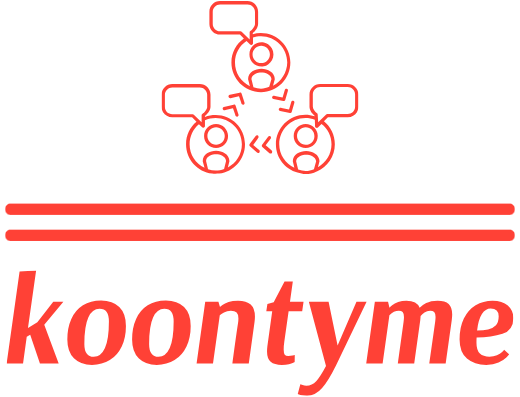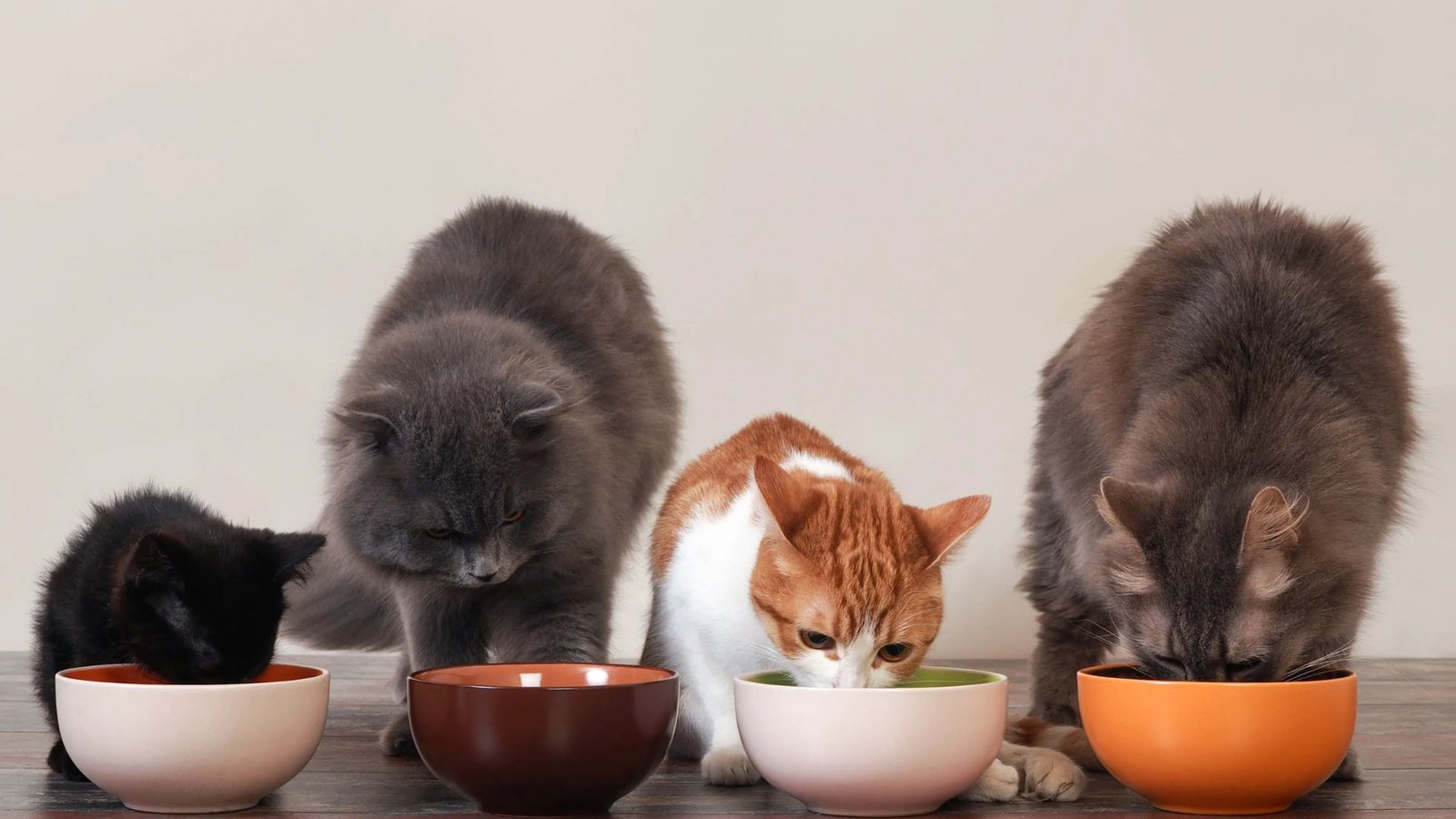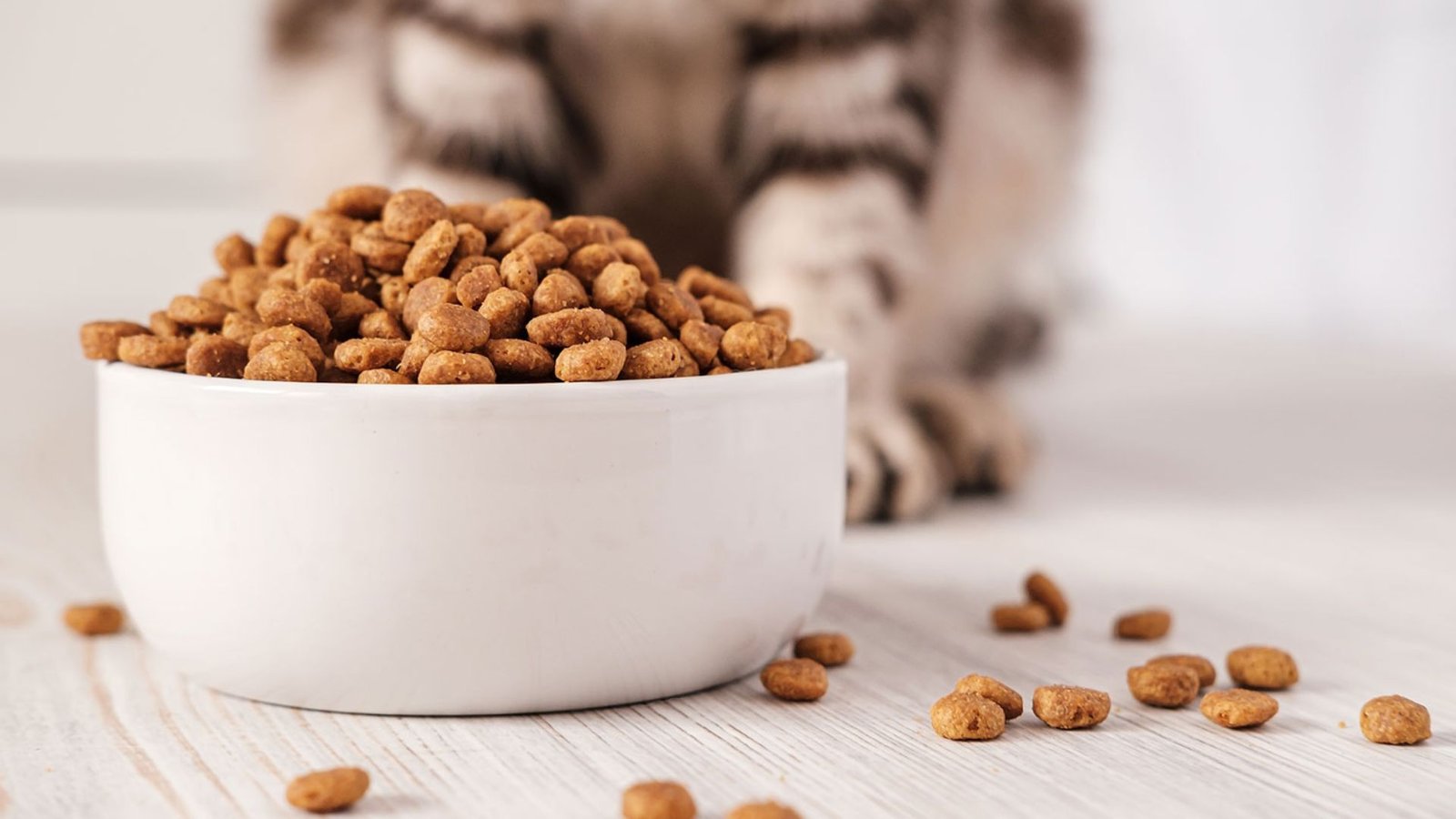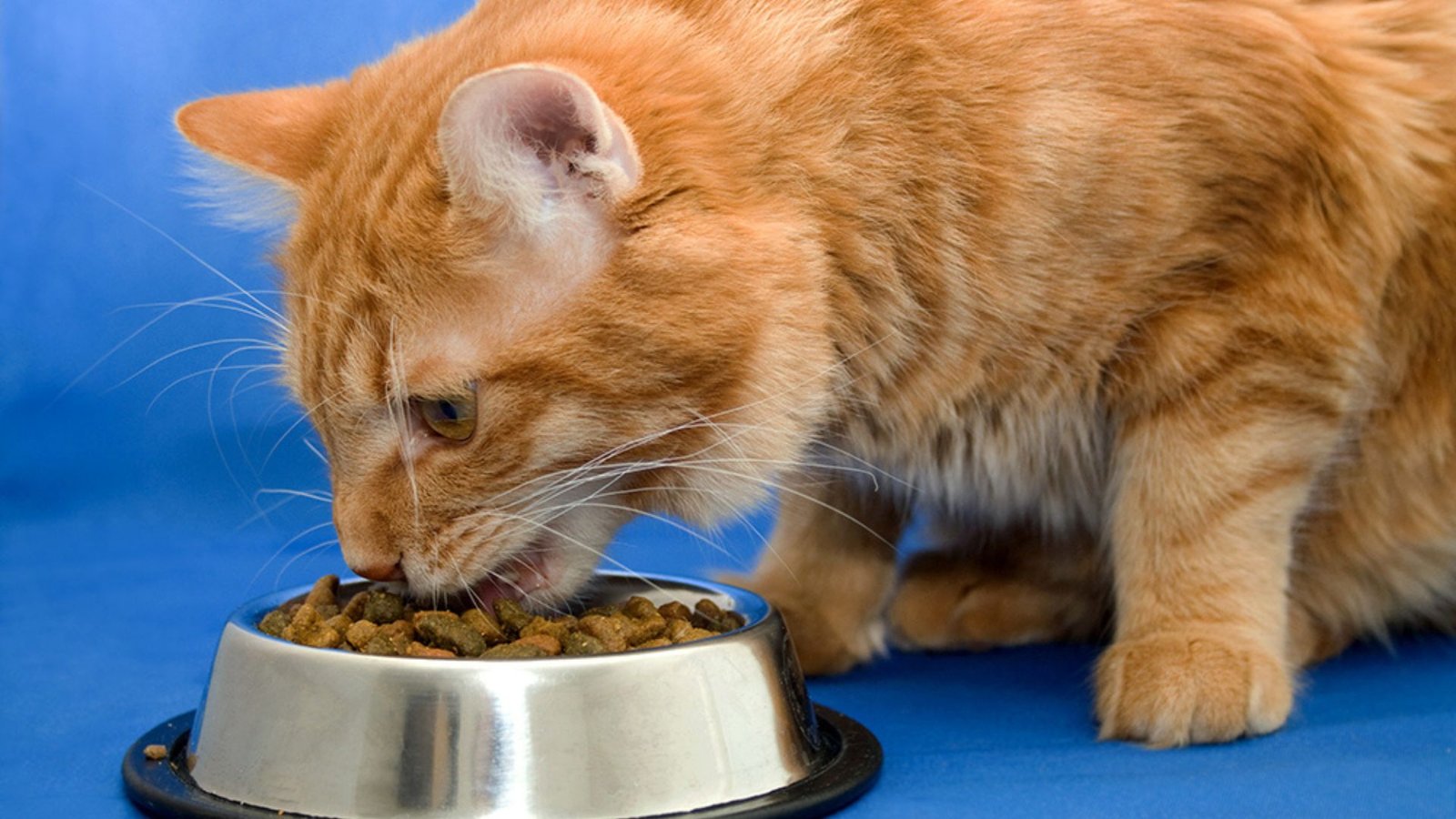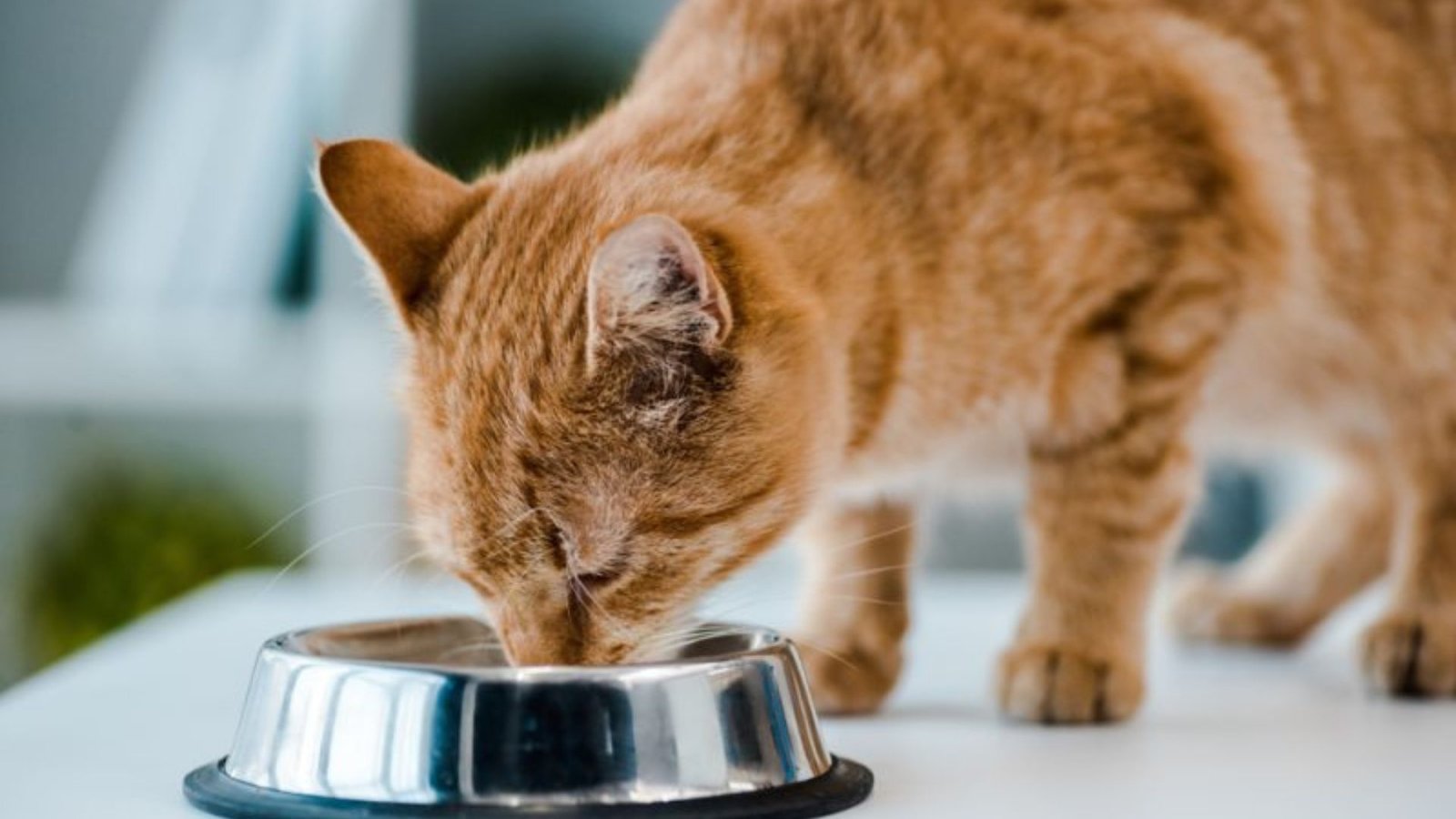Choosing the best grain-free cat food can be a challenge with so many brands and options available. Grain-free food is often recommended for cats with food sensitivities, allergies, or digestive issues. However, not all grain-free options are created equal. To make sure you’re choosing the right food for your cat, it’s important to consider various factors like ingredients, quality, and your cat’s specific health needs. In this guide, we’ll show you how to choose the best grain-free cat food brands for your feline friend.
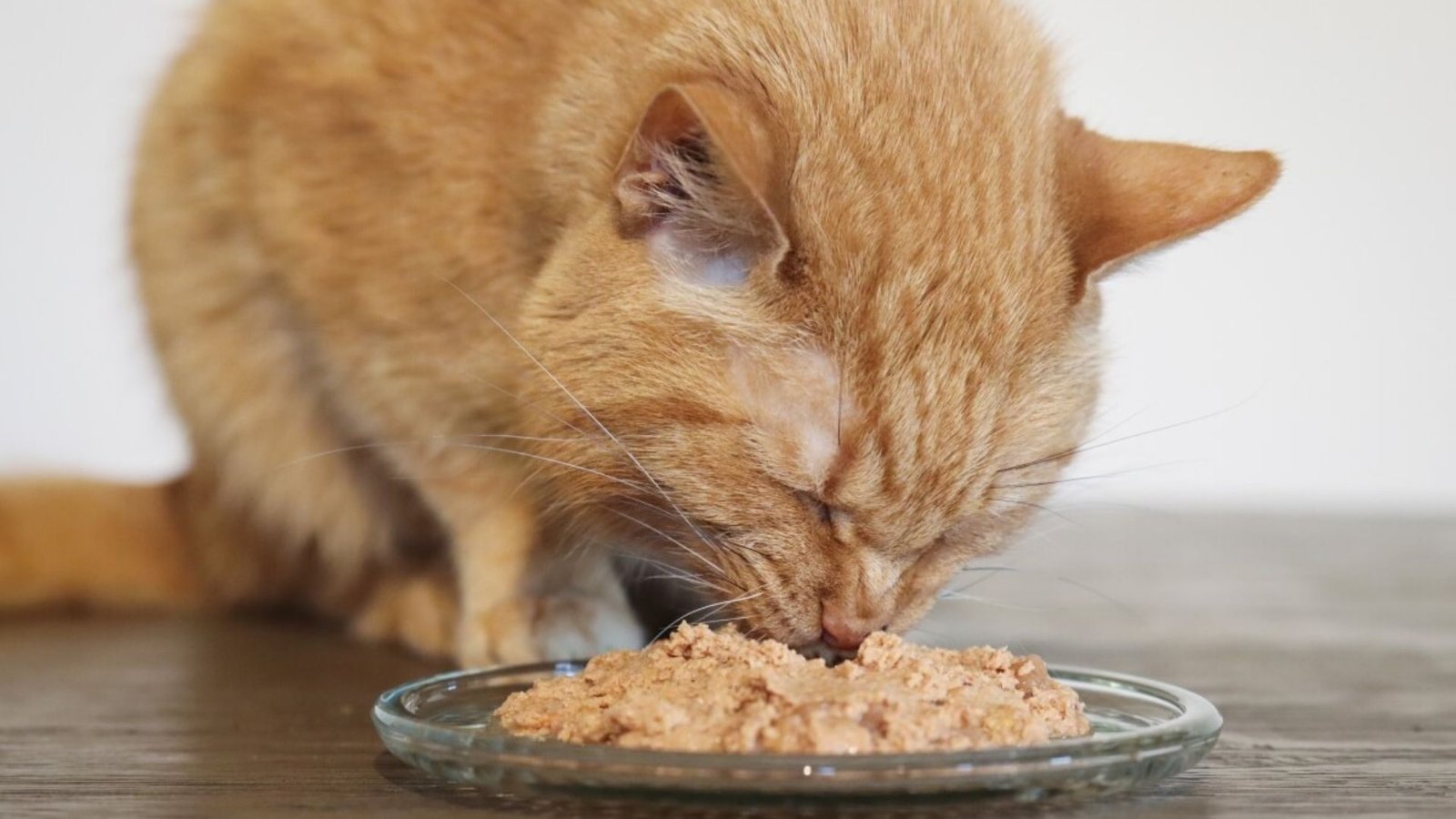
1. Understand Your Cat’s Dietary Needs
Before you start shopping for grain-free cat food, it’s important to understand why your cat might benefit from a grain-free diet.
Why Choose Grain-Free Cat Food?
- Food Sensitivities or Allergies: Some cats are allergic or sensitive to grains like corn, wheat, or soy, which can lead to digestive problems, skin issues, or ear infections.
- Digestive Issues: Grain-free diets may be easier for some cats to digest, especially if they have a sensitive stomach.
- High-Protein Diet: Grain-free food often contains more animal protein, which is closer to a cat’s natural diet as obligate carnivores. This can help maintain healthy muscles and energy levels.
Consult Your Vet
If you’re unsure whether your cat needs grain-free food, it’s always a good idea to talk to your veterinarian. They can help you identify any food sensitivities or allergies and recommend a suitable diet for your cat’s health.
2. Check the Ingredient List
When choosing a grain-free cat food brand, always check the ingredient list. A high-quality grain-free diet should contain high levels of animal protein, healthy fats, and essential nutrients.
Look for These Key Ingredients:
- Named Animal Proteins: The first ingredient should be a high-quality animal protein, such as chicken, turkey, beef, or fish. This ensures that your cat is getting the right kind of protein to support their health.
- Animal Fats: These fats are a good source of essential fatty acids, which are important for healthy skin and coat.
- Vegetables and Fruits: Grain-free foods often use vegetables like peas, lentils, and sweet potatoes as a source of carbohydrates and fiber. Fruits like cranberries or blueberries provide antioxidants.
- Omega Fatty Acids: These are essential for your cat’s coat, skin, and brain health. Look for sources like fish oil or flaxseed.
Avoid Unnecessary Fillers
While grain-free foods don’t contain grains, they might still contain other fillers or low-quality ingredients like potato or pea protein, which are used to add bulk without providing much nutritional value. Try to avoid foods with too many fillers and look for those that focus on high-quality, natural ingredients.
3. Consider Your Cat’s Life Stage
The best grain-free cat food for your cat depends on their age, size, and health needs. Different life stages require different nutritional profiles.
Kitten, Adult, or Senior?
- Kittens: Kittens need food that’s higher in calories, protein, and fat to support their growth and development. Look for grain-free foods designed specifically for kittens.
- Adults: Adult cats need a balanced diet with enough protein to maintain muscle mass but not too many calories to prevent obesity. Choose a grain-free food that meets your cat’s energy requirements.
- Seniors: Older cats may require less protein and fewer calories. Look for grain-free options formulated for senior cats to meet their specific needs.
Special Health Needs
If your cat has specific health concerns (like obesity, urinary issues, or kidney disease), choose a grain-free food that’s formulated for those needs. Many brands offer grain-free diets designed for specific health issues.
4. Choose a Brand with a Good Reputation
Not all grain-free cat food brands are equal. It’s important to choose a brand that is reputable, transparent about its ingredients, and committed to high-quality production standards.
Research the Brand
- Transparency: A good brand will list all ingredients, sourcing, and manufacturing processes on their packaging or website.
- Quality Control: Look for brands that follow strict quality control measures, such as sourcing ingredients from reputable suppliers and conducting tests for contaminants and pathogens.
- Reputation: Check online reviews and ratings from other pet owners to see what others think of the brand. Also, look for any recalls associated with the brand to ensure they prioritize pet safety.
Trusted Brands to Consider
Some popular and trusted grain-free cat food brands include:
- Orijen: Known for its high-protein, biologically appropriate formulas that mimic the natural diet of cats.
- Wellness CORE: Offers grain-free, high-protein foods made from quality ingredients like turkey, chicken, and salmon.
- Blue Buffalo Wilderness: A widely trusted brand offering grain-free options with real meat as the first ingredient.
- Natural Balance: Provides grain-free diets that are nutritionally balanced and ideal for cats with sensitivities.
5. Look for Added Nutrients
While protein is important, cats also need other nutrients to stay healthy. A high-quality grain-free cat food should include a balance of vitamins, minerals, and other nutrients that support your cat’s overall health.
Key Nutrients to Look For:
- Taurine: An essential amino acid for cats, taurine is crucial for heart, eye, and immune system health. It’s a must in all cat food.
- Vitamins and Minerals: Make sure the food is fortified with vitamins like A, D, E, and B12 to support your cat’s immune system, coat, and overall well-being.
- Probiotics: Some grain-free foods include probiotics or prebiotics to support your cat’s digestive health.
- Amino Acids: Cats need a range of amino acids for muscle health and energy, so ensure these are present in the food.
6. Consider the Price
Grain-free cat food can be more expensive than regular commercial cat food, but that doesn’t mean you have to overspend. Look for a brand that fits your budget while still offering quality ingredients and nutrition.
Balancing Quality and Price
- Premium Brands: Premium brands like Orijen or Acana offer high-quality ingredients but can be pricey.
- Mid-Range Options: Wellness CORE and Natural Balance offer great grain-free options at a more affordable price point.
- Budget-Friendly Choices: Some brands like Hill’s Ideal Balance and Nutro offer grain-free options that are more budget-friendly while still providing decent nutrition.
While it’s tempting to go for the cheapest option, remember that quality matters when it comes to your cat’s health. The cost of feeding your cat high-quality food can save you money in the long run by preventing health problems.
7. Try Small Portions First
Once you’ve chosen a grain-free cat food brand, start by purchasing a small amount to see how your cat reacts to the new food. Monitor for any signs of digestive upset or allergic reactions.
- Signs to Watch For: If your cat has diarrhea, vomiting, or a decrease in appetite, they may not tolerate the new food. In that case, try switching to a different brand or formula.
Gradually mix the new food with their old food to ensure a smooth transition.
Conclusion
Choosing the right grain-free cat food brand involves considering your cat’s health needs, checking the ingredient list for quality proteins and nutrients, and selecting a reputable brand. By paying attention to your cat’s specific dietary requirements and preferences, you can find a grain-free food that supports their overall health and happiness.
Remember, always consult your vet if you’re unsure which food is best for your cat. They can provide valuable insights into your cat’s specific needs and help you make an informed decision. With the right grain-free food, your cat can enjoy a balanced, nutritious diet that supports a long, healthy life.
